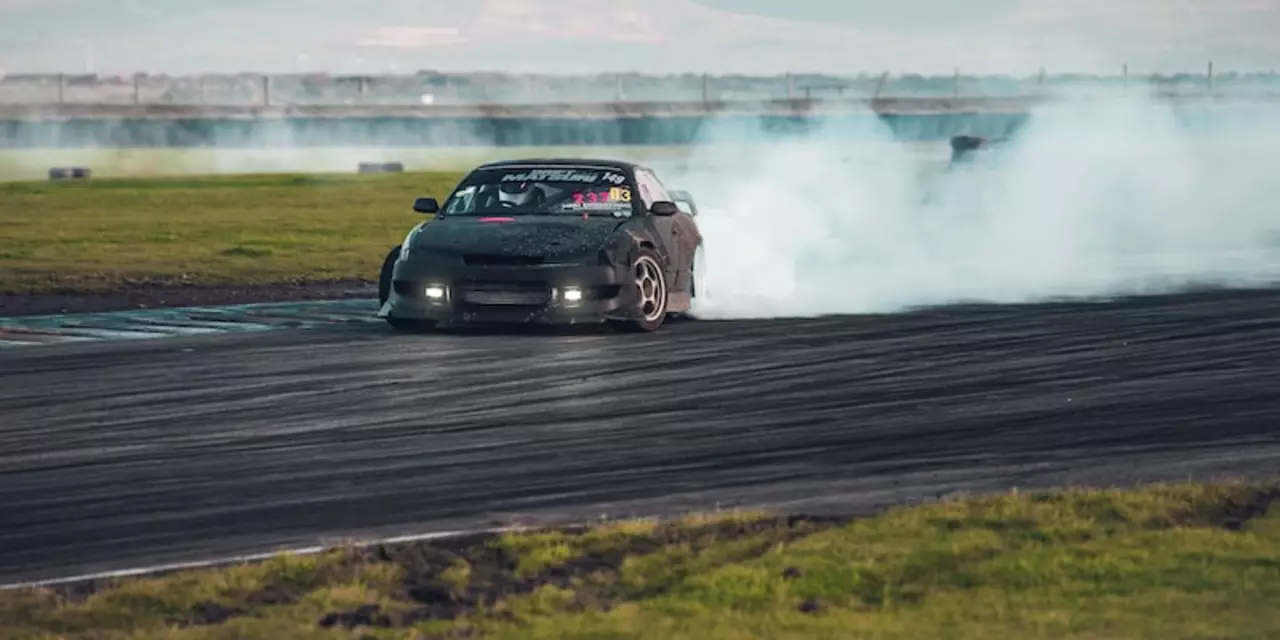Drifting with Honda Cars: A Beginner’s Guide
Ever wondered how those movies get that smooth sideways slide? It’s called drifting, and you don’t need a race car to try it. With a Honda, a bit of know‑how and the right setup, you can start feeling the thrill of a controlled slide. Below you’ll find practical steps you can follow right away.
Preparing Your Honda for Drift
First thing’s first – make sure your car is ready. Swap the stock tires for ones that give a little less grip at the rear; many drifters use semi‑slick or high‑performance summer tires. Check the tire pressure; a slightly lower pressure on the back helps the rear break traction easier.
Next, look at suspension. A softer rear spring or a slightly stiffer front spring can make the car rotate more predictably. If you have a limited‑slip differential (LSD), it’s a bonus – it sends power to both rear wheels and keeps the slide steady. If not, a basic open diff will still work, just be ready to modulate the throttle more carefully.
Don’t forget the brakes. A well‑balanced braking system lets you pull the handbrake without locking the front wheels. Some Hondas have rear disc brakes; make sure the pads aren’t worn out. A quick visual check of fluid levels and wiring is also a good habit before you head to the track.
Step‑by‑Step Drifting Techniques
Now that the car is set, let’s talk technique. The easiest entry method for beginners is the clutch‑kick. Approach a corner at moderate speed, press the clutch, rev the engine a bit higher, then release the clutch quickly while turning the wheel. The sudden surge of power will spin the rear wheels and start the slide.
If you prefer a smoother feel, try the handbrake‑pull. As you enter the corner, pull the handbrake for a second, turn the steering into the turn, and release the handbrake while feathering the throttle. The rear end will lose grip, and the car will pivot around the front wheels.
During the slide, keep the steering angle in check. Counter‑steer – turn the wheel opposite the direction of the slide – to control the rotation. Adjust the throttle to maintain the drift: more gas pushes the rear out, less gas brings it back in line.
Practice makes perfect. Start on an empty parking lot with a gentle bend, then move to a closed track as you gain confidence. Always wear a seatbelt, keep windows up, and avoid public roads. A local drifting club can offer a safe environment and valuable feedback.
Common mistakes include over‑steering, which spins the car too far, and holding the clutch down too long, which kills engine revs. Keep the revs high, stay smooth with the steering, and listen to the car’s feedback – it will tell you when you’re about to lose control.
Finally, remember that drifting is as much about fun as it is about skill. Take your time, respect the limits of your Honda, and enjoy the sideways excitement. With the right setup and these basic techniques, you’ll be sliding confidently in no time.

How did you first learn to drift a car?
Drifting is an exciting form of driving, but it's not something that everyone knows how to do. Learning to drift a car can be a challenging process, but it's possible with the right guidance and practice. This article looks at the different approaches to learning how to drift a car, from taking lessons from a professional to self-teaching. It includes advice on the best car to use, as well as tips on technique, such as using the handbrake and the throttle. With dedication and practice, anyone can learn to drift a car.